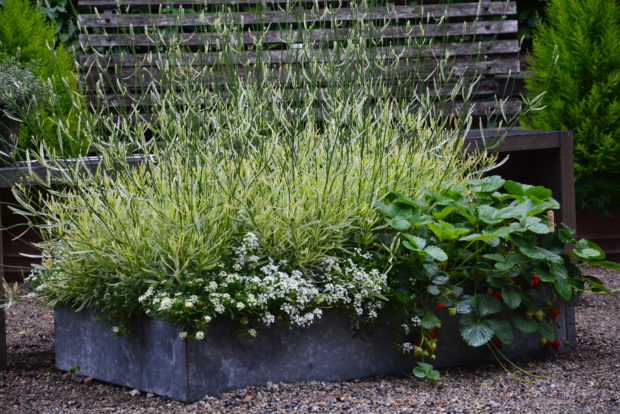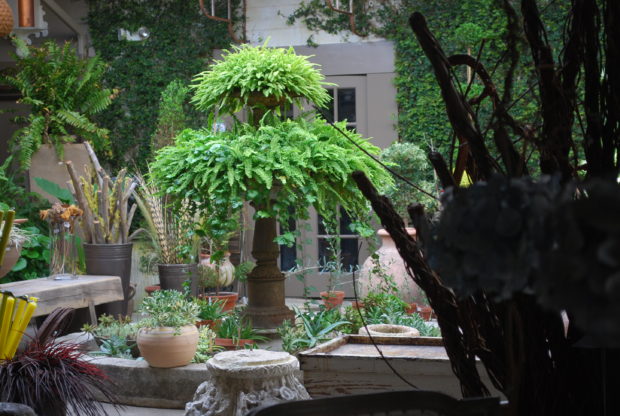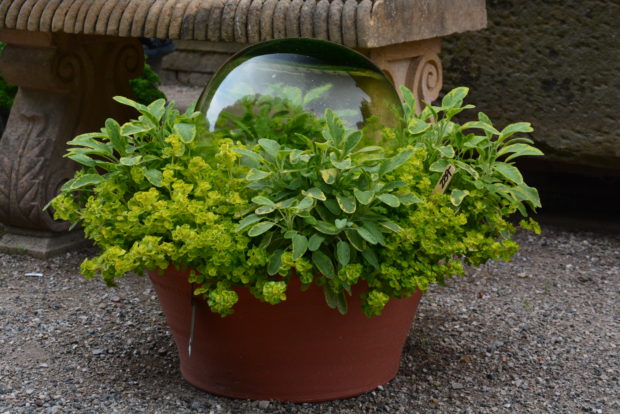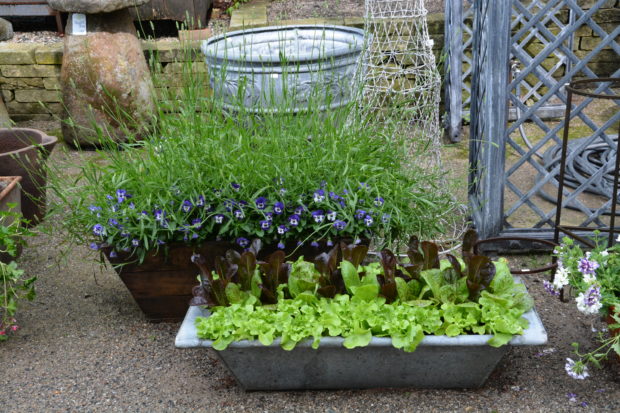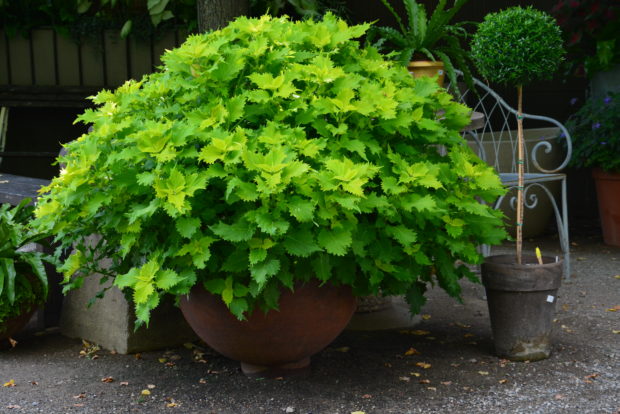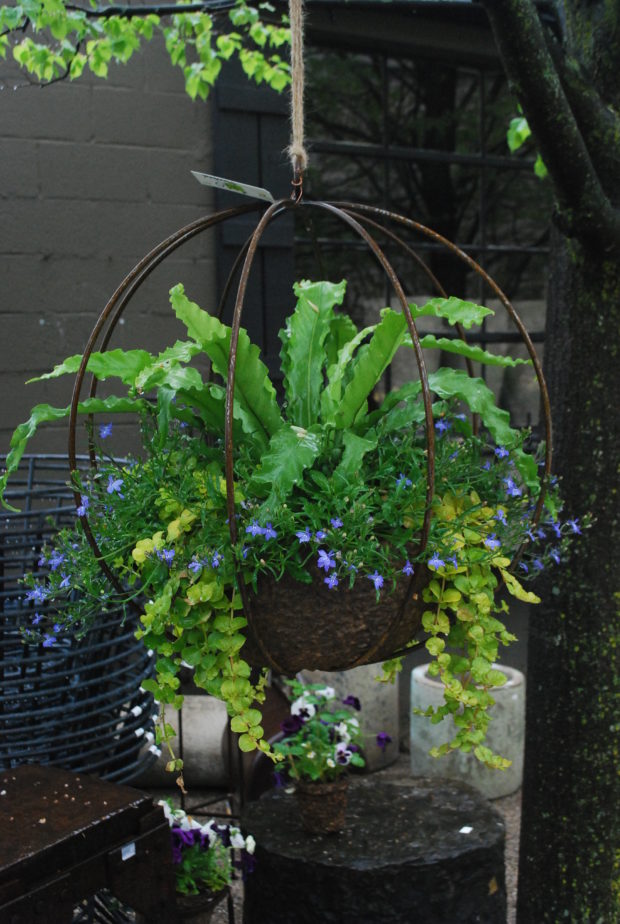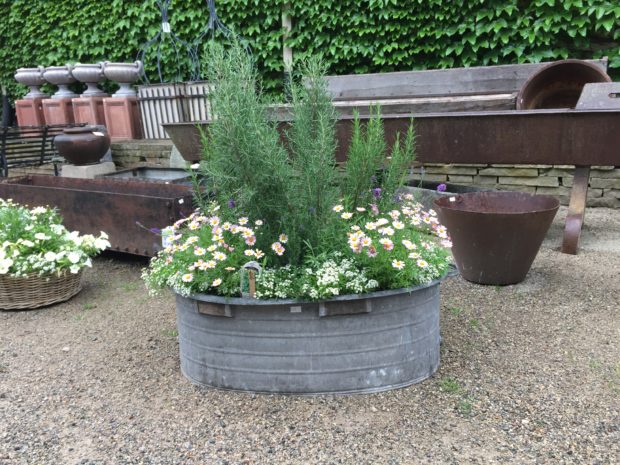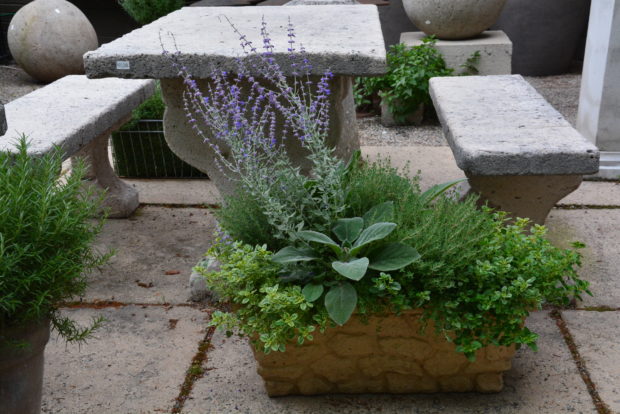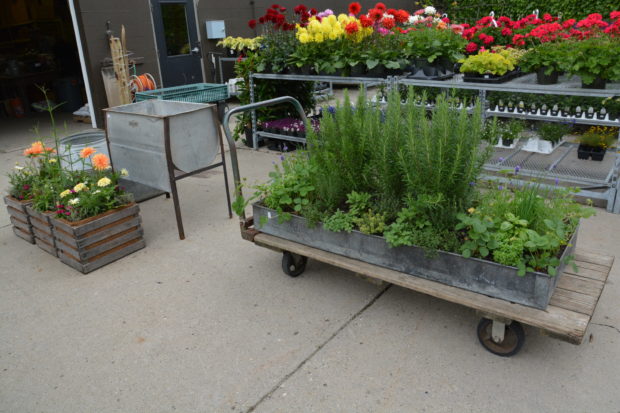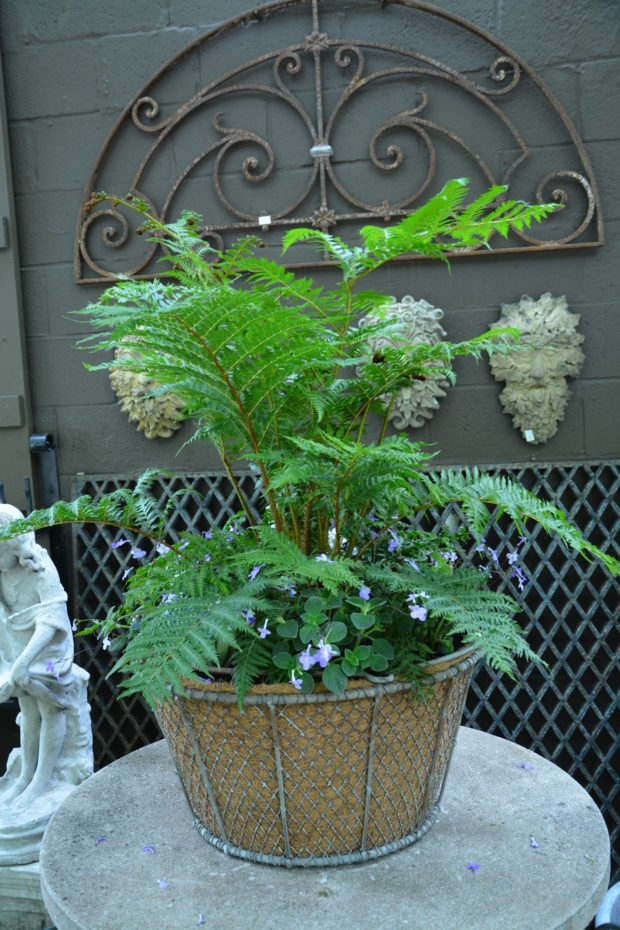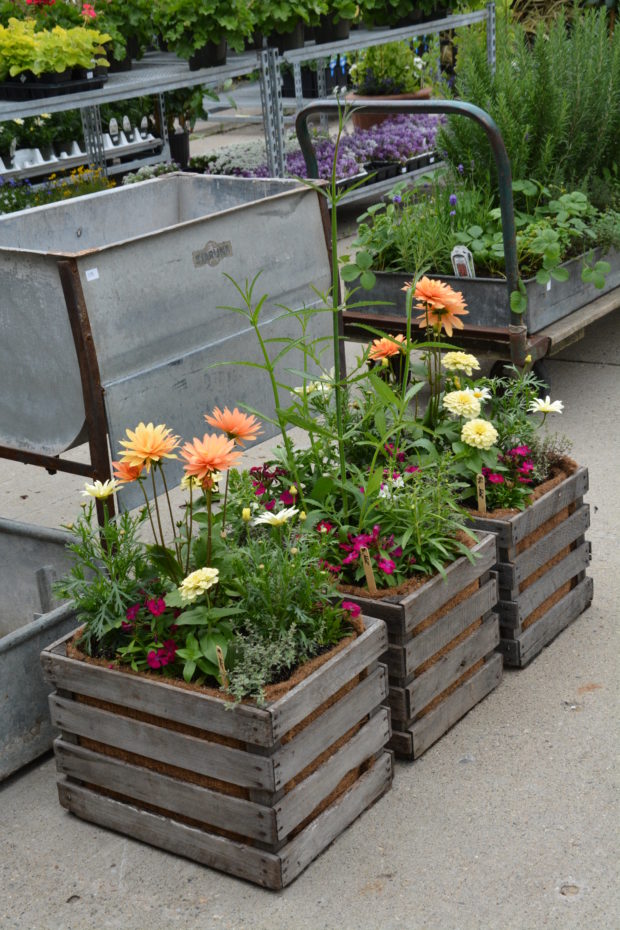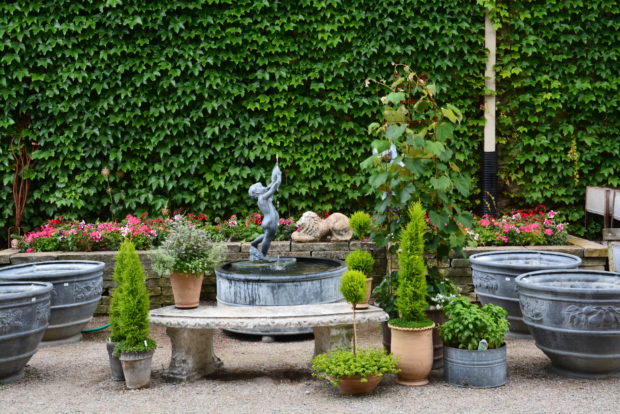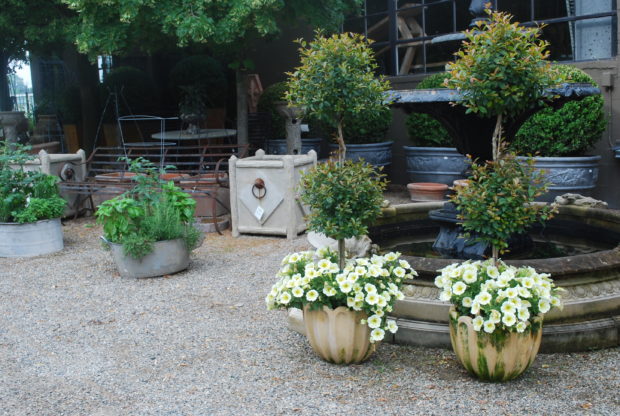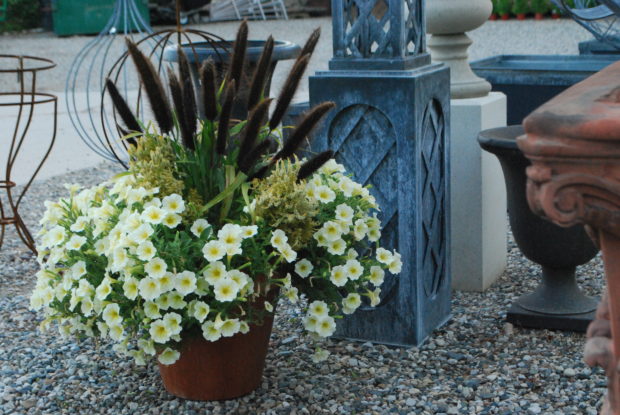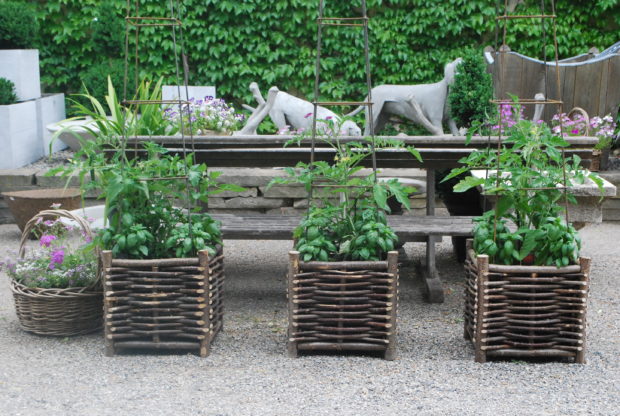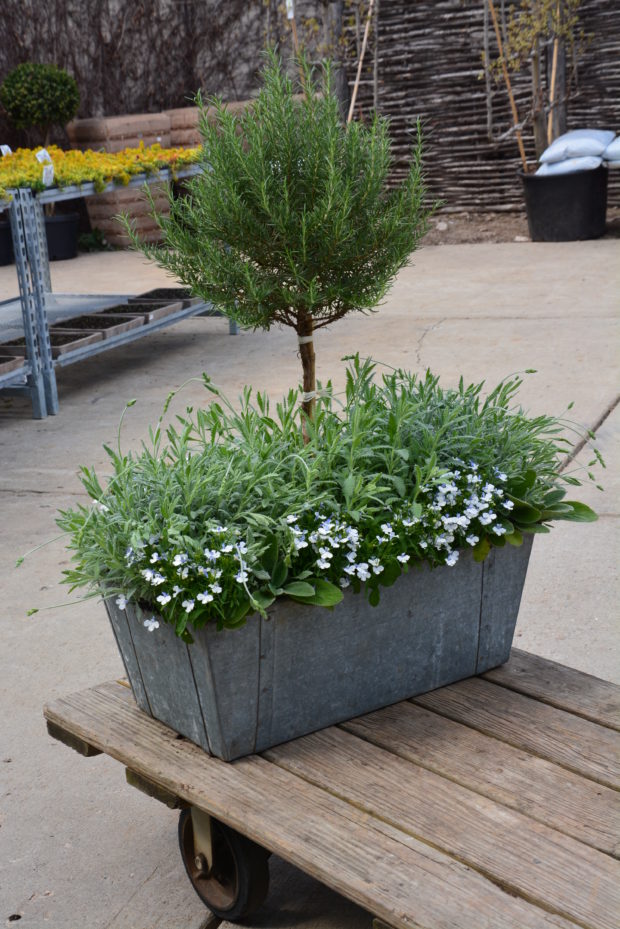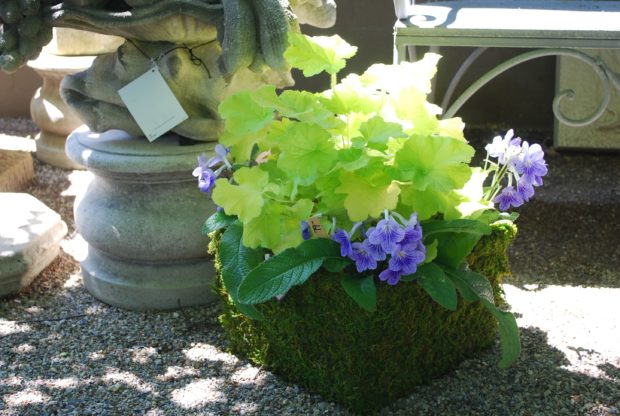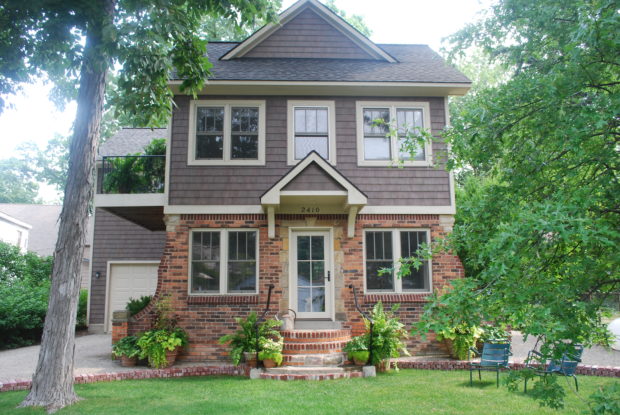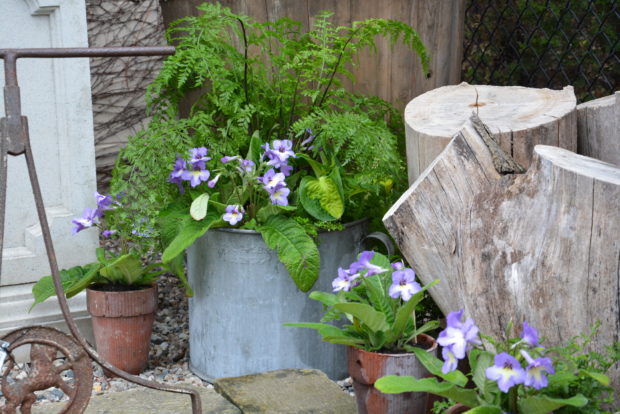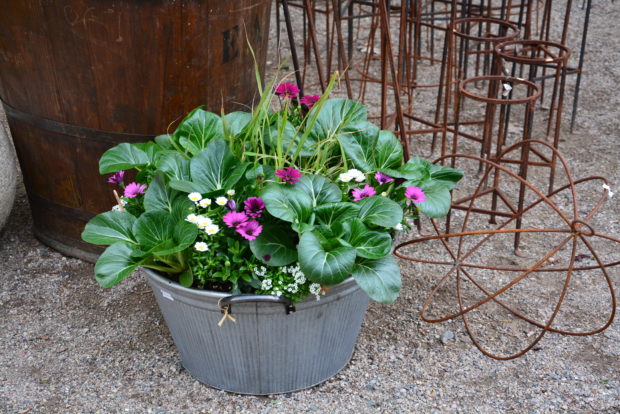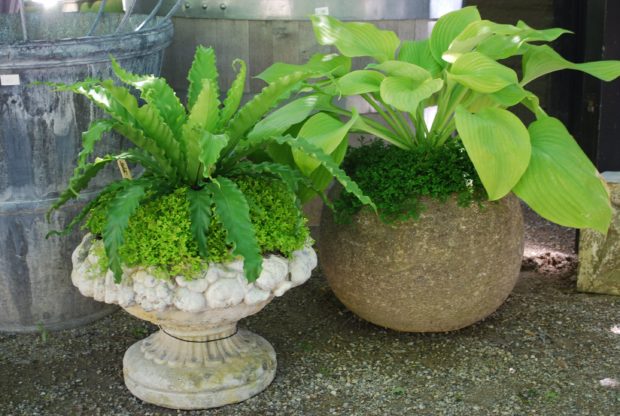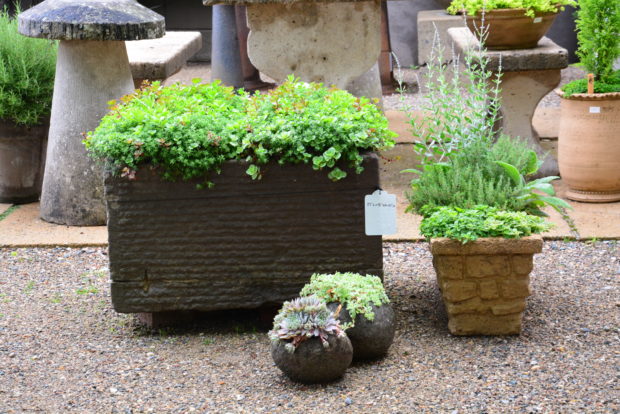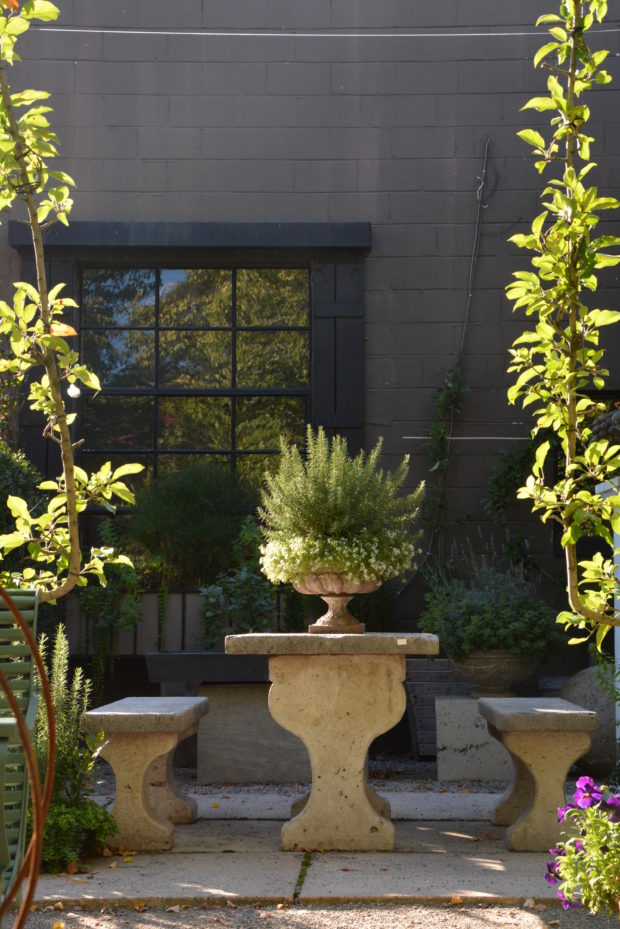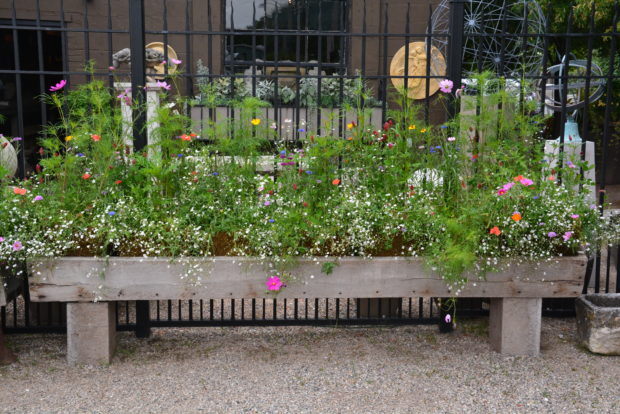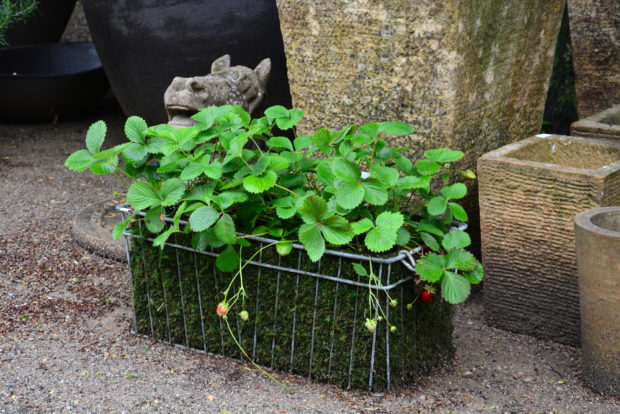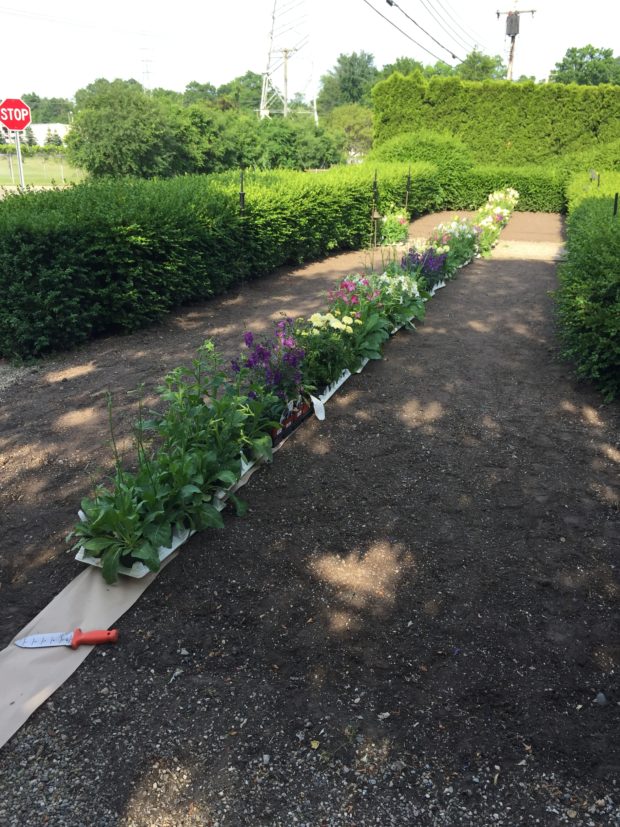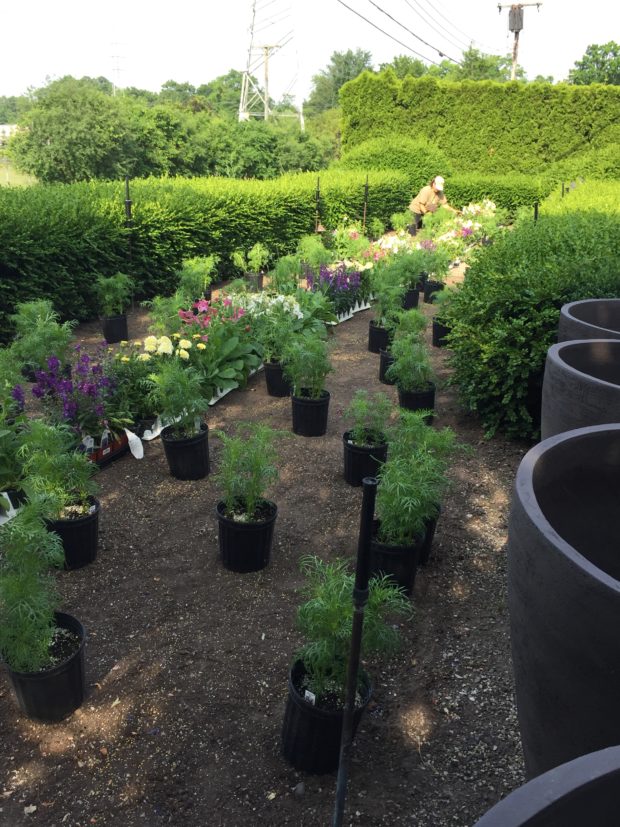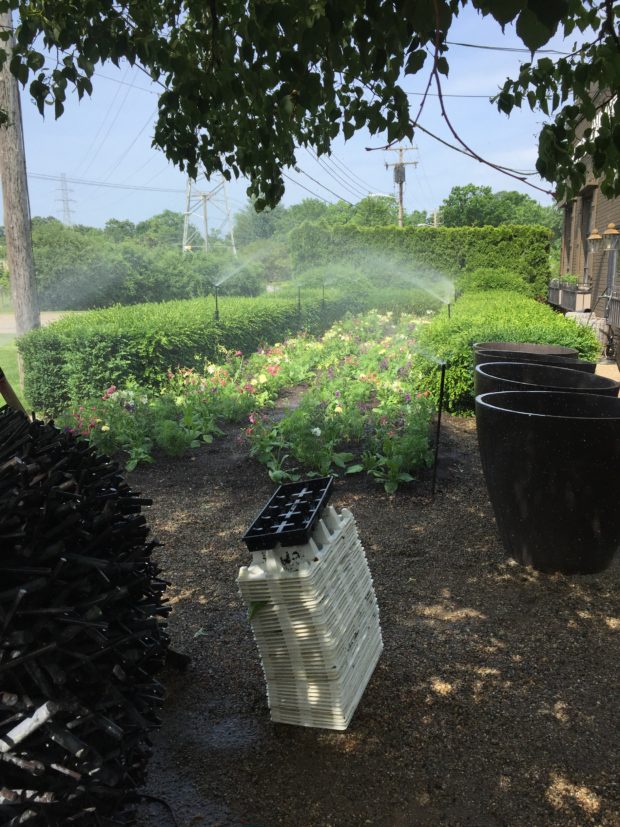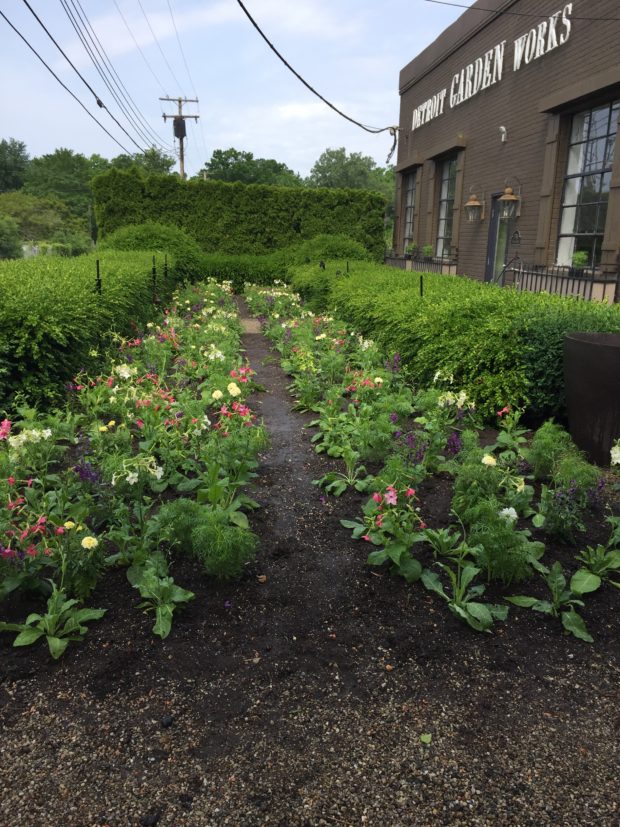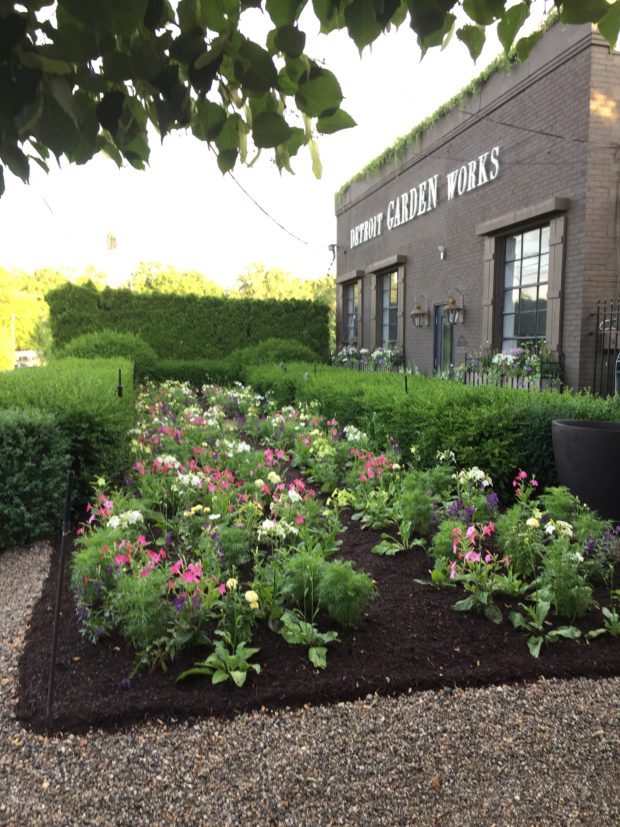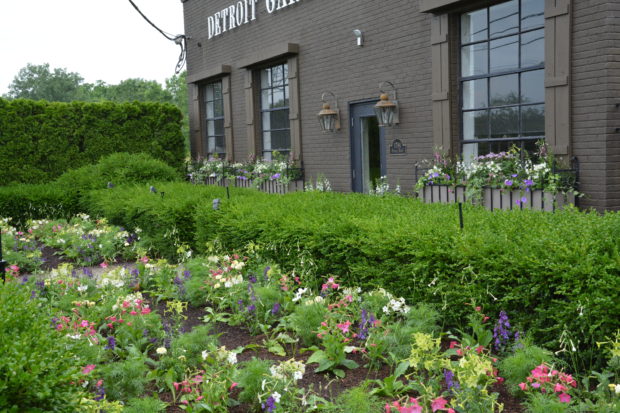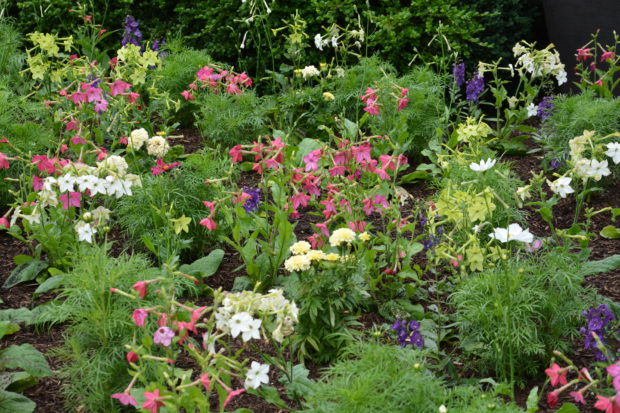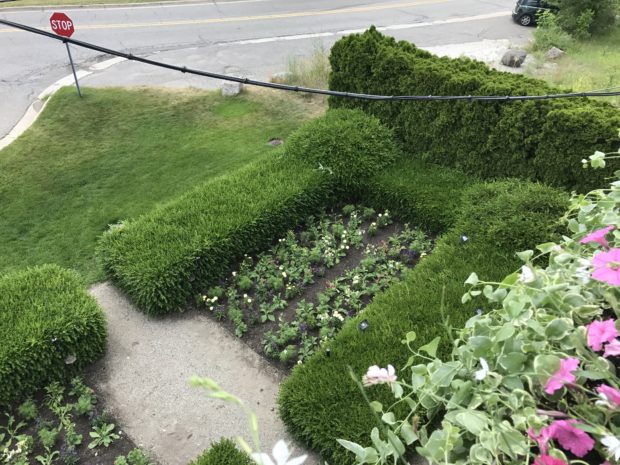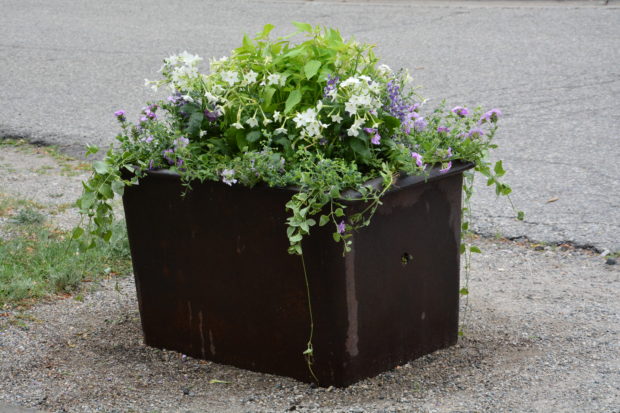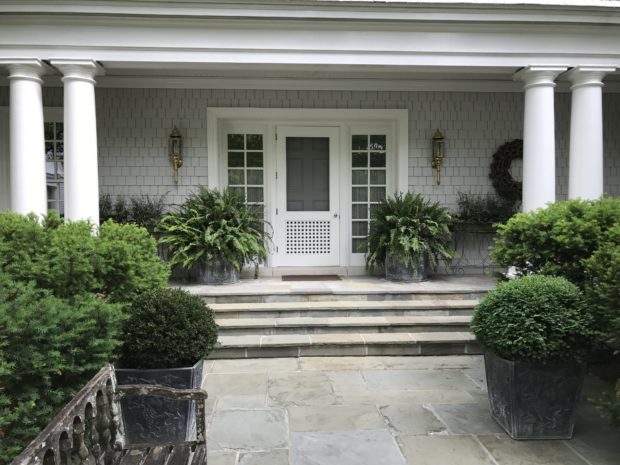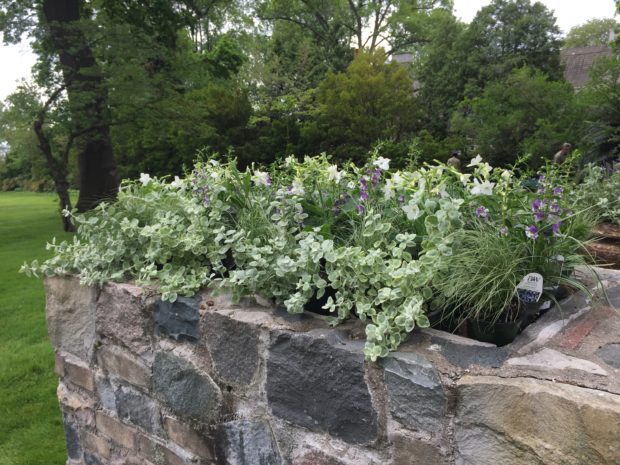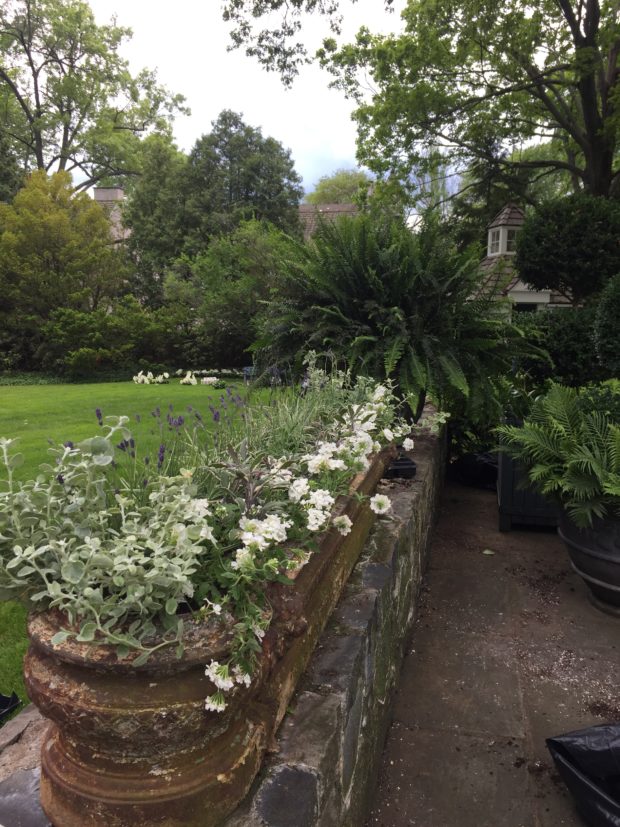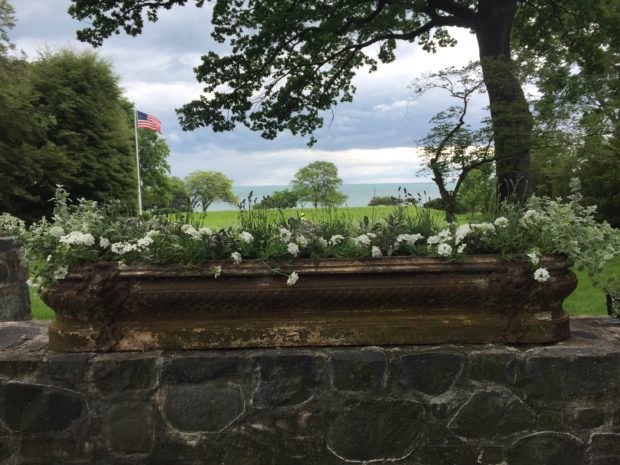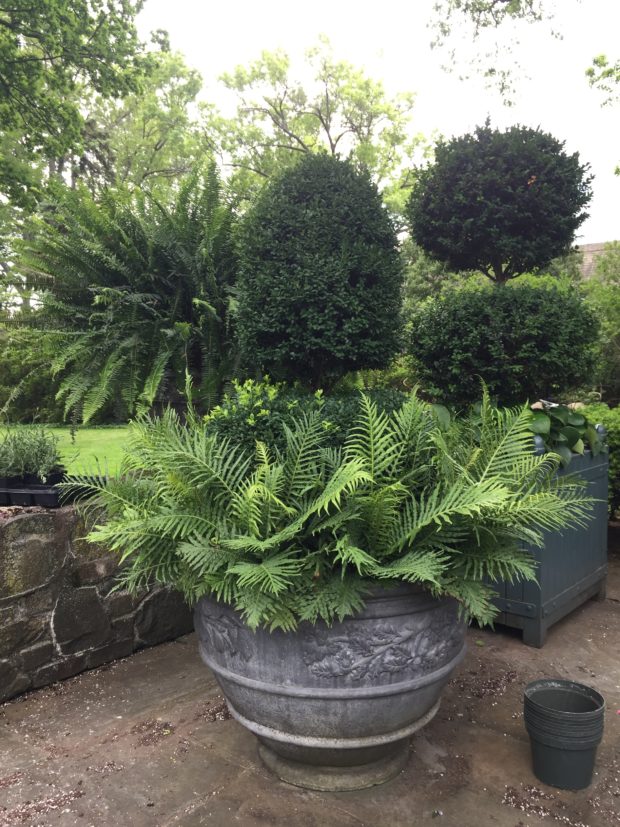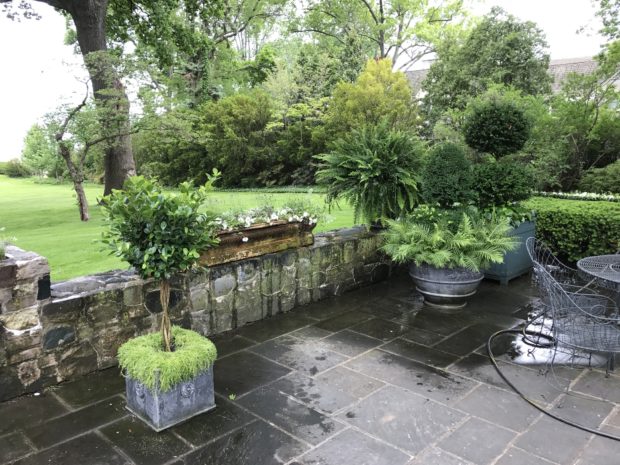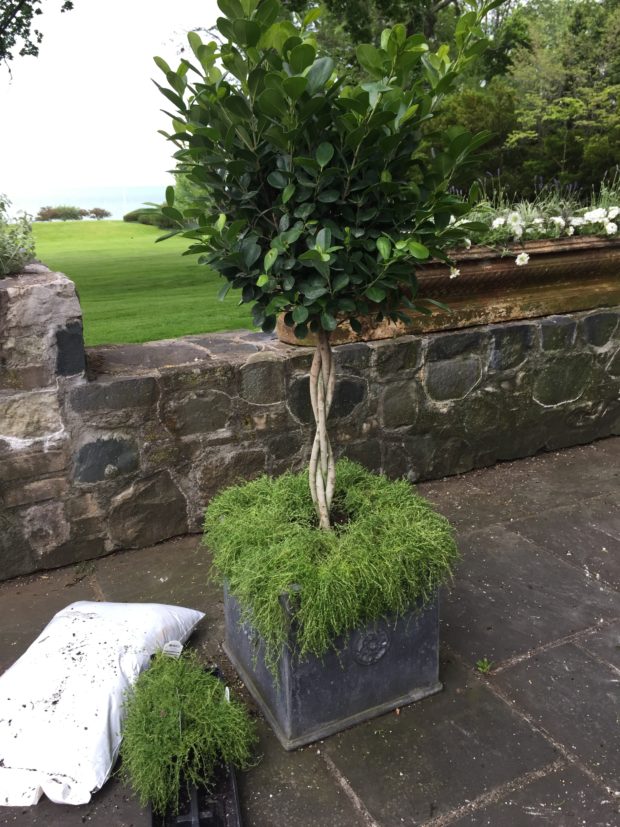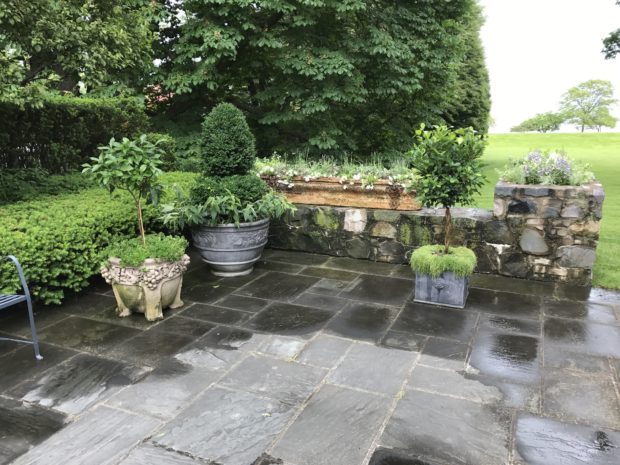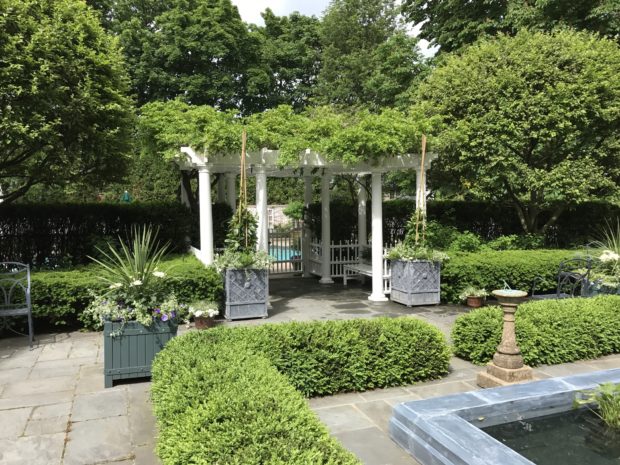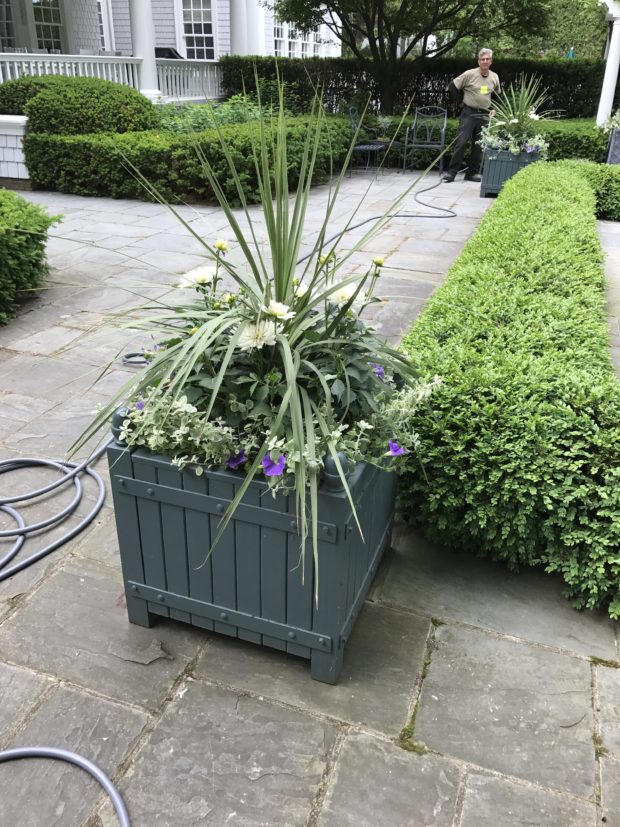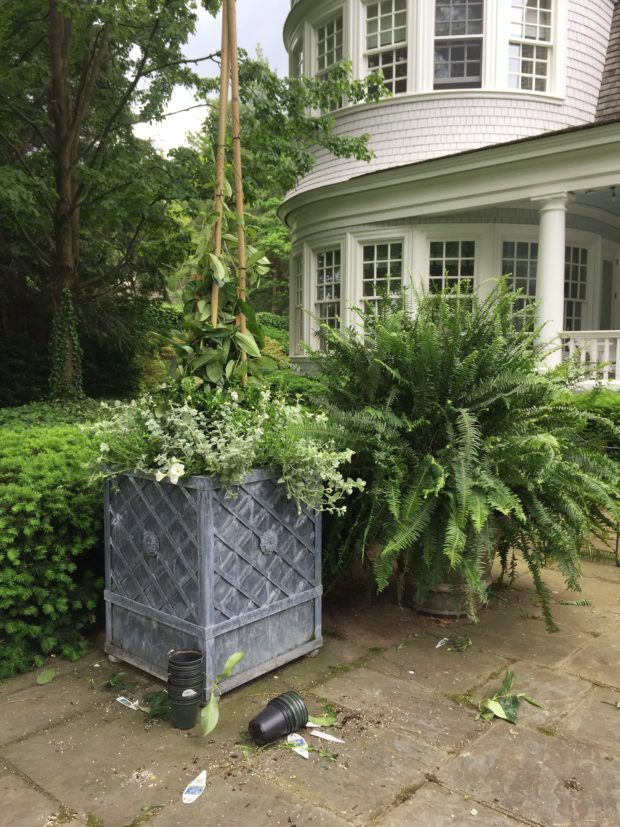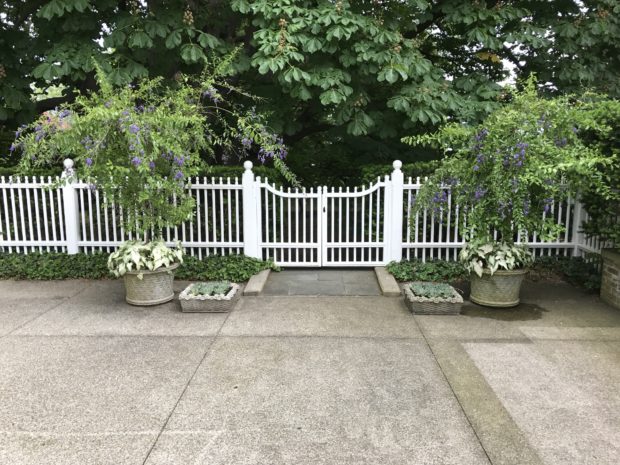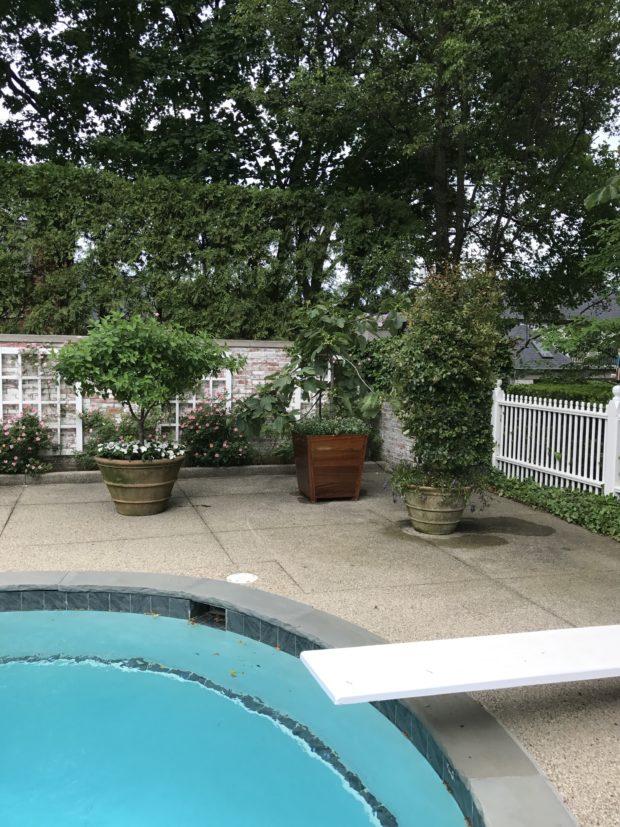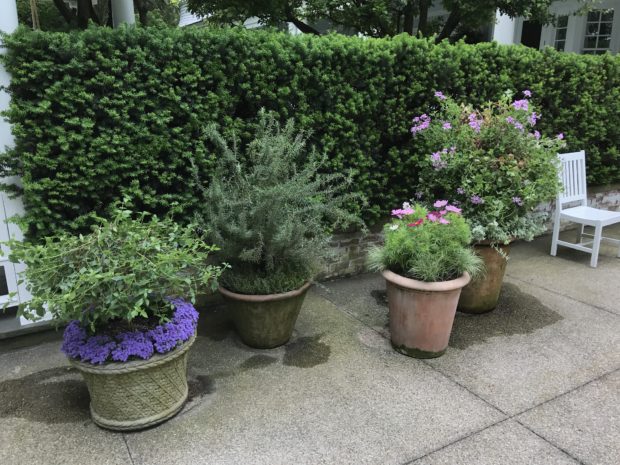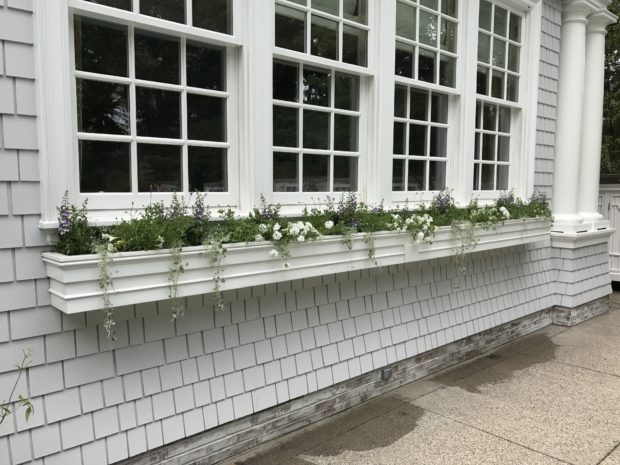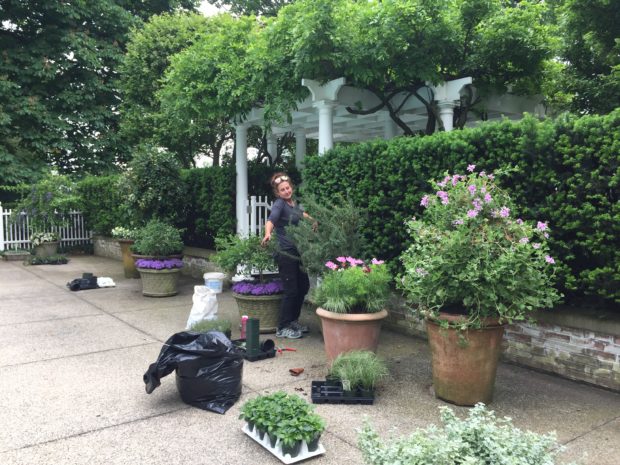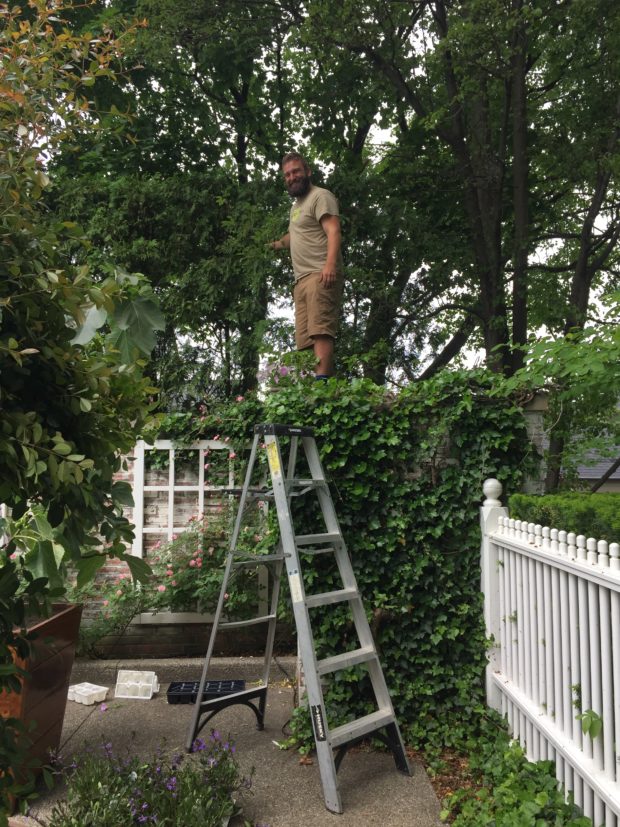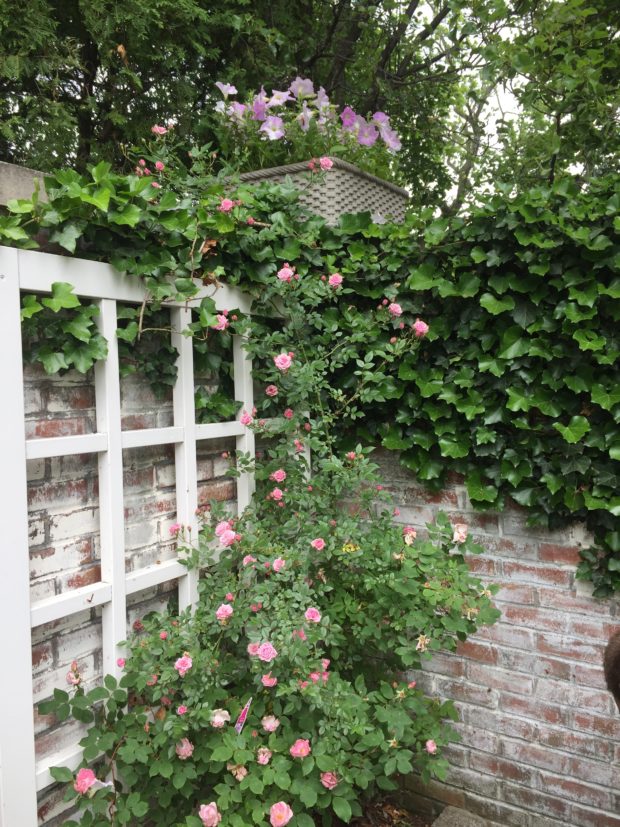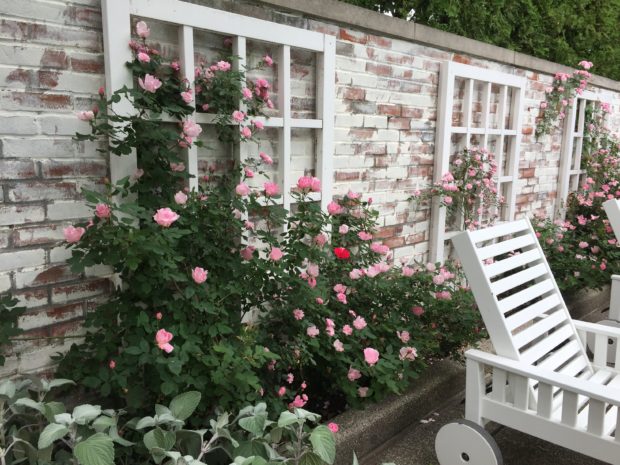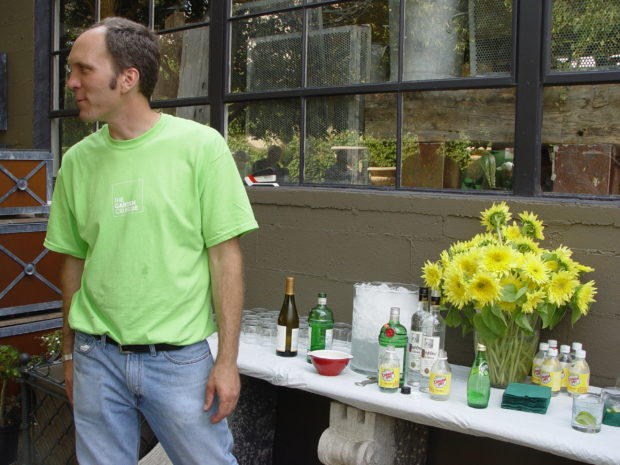 This coming July 16th will be the 10th year that Detroit Garden Works and Deborah Silver and Co have sponsored a tour of our landscapes and gardens to benefit The Greening of Detroit. The tour is a fund raiser for an organization behind which we put all of our weight. The Greening of Detroit? From their website: “Between 1950 and 1980, around 500,000 trees were lost in Detroit to Dutch elm disease, urban expansion and attrition. Troubled by this deforestation of a great city, Elizabeth Gordon Sachs devoted herself to reforesting the city. She played a key role in the 1989 founding of The Greening of Detroit. During that same time, economic constraints prohibited the city from replacing those trees. The Greening of Detroit was founded in 1989 with a single focus in mind – restore the city’s tree infrastructure.” Their goal was big and bold. In the past 28 years, they have made a mission of nurturing a stewardship of the land that the City of Detroit occupies. We are very interested in what they do. If you are too, read on. The Greening Of Detroit Pictured above is Rob, manning his summer drink bar at the cruise afterglow dinner and drinks in 2008. We try to make it interesting and fun for gardeners to contribute to The Greening.
This coming July 16th will be the 10th year that Detroit Garden Works and Deborah Silver and Co have sponsored a tour of our landscapes and gardens to benefit The Greening of Detroit. The tour is a fund raiser for an organization behind which we put all of our weight. The Greening of Detroit? From their website: “Between 1950 and 1980, around 500,000 trees were lost in Detroit to Dutch elm disease, urban expansion and attrition. Troubled by this deforestation of a great city, Elizabeth Gordon Sachs devoted herself to reforesting the city. She played a key role in the 1989 founding of The Greening of Detroit. During that same time, economic constraints prohibited the city from replacing those trees. The Greening of Detroit was founded in 1989 with a single focus in mind – restore the city’s tree infrastructure.” Their goal was big and bold. In the past 28 years, they have made a mission of nurturing a stewardship of the land that the City of Detroit occupies. We are very interested in what they do. If you are too, read on. The Greening Of Detroit Pictured above is Rob, manning his summer drink bar at the cruise afterglow dinner and drinks in 2008. We try to make it interesting and fun for gardeners to contribute to The Greening.
 They describe their mission loud and clear. “Our focus at The Greening of Detroit is to enhance the quality of life for Detroiters by planting trees, repurposing the land to create beautiful and productive green spaces and helping communities rebuild their neighborhoods one lot at a time. We involve Detroiters in the process through community engagement, education and jobs.” This is a simple and succinct description of what they do, although the reality is much more complicated and labor intensive. I know first hand how hard each and every one of them works to create green spaces, and how they teach that a respect and an association with nature makes for a better life. I have participated in their events at the Eastern market in Detroit, specifically geared towards growing vegetables at home. I was knocked out by the numbers of people who attended my talk. Every vegetable pot I planted had a Detroiter willing to take it home, and grow it on. That experience will always be with me. Putting on a garden tour is the least I could do to help make my city more leafy. I am pictured on the far right of the picture above, sitting close to my good friend, extraordinary gardener and supporter of everything green, Judy C. She has attended 9 years of cruises, just like me. Gardening can be a fairly solitary occupation. But over the garden, we are close. A love of nature makes it possible for The Greening of Detroit to carry on their work.
They describe their mission loud and clear. “Our focus at The Greening of Detroit is to enhance the quality of life for Detroiters by planting trees, repurposing the land to create beautiful and productive green spaces and helping communities rebuild their neighborhoods one lot at a time. We involve Detroiters in the process through community engagement, education and jobs.” This is a simple and succinct description of what they do, although the reality is much more complicated and labor intensive. I know first hand how hard each and every one of them works to create green spaces, and how they teach that a respect and an association with nature makes for a better life. I have participated in their events at the Eastern market in Detroit, specifically geared towards growing vegetables at home. I was knocked out by the numbers of people who attended my talk. Every vegetable pot I planted had a Detroiter willing to take it home, and grow it on. That experience will always be with me. Putting on a garden tour is the least I could do to help make my city more leafy. I am pictured on the far right of the picture above, sitting close to my good friend, extraordinary gardener and supporter of everything green, Judy C. She has attended 9 years of cruises, just like me. Gardening can be a fairly solitary occupation. But over the garden, we are close. A love of nature makes it possible for The Greening of Detroit to carry on their work.
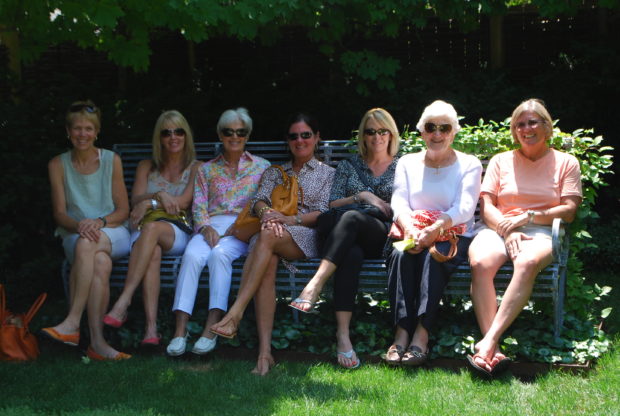 I sit on the board of the Greening, although I do not attend their board meetings. I am much more effective as a doer, than a discusser. So I made a commitment to raise money for them. To date, we have raised over 107,500.00 in support of their programs. A tour ticket is 35.00 per person. A 50.00 ticket gets any tour attendee a swell supper, and summer cocktails mixed up by Rob at Detroit Garden Works after the tour. Be advised that his signature gin and tonic this year will feature The Botanist Gin. Every cent of the money raised from ticket sales goes to the Greening of Detroit. Whatever it costs us to put on the tour is at our expense. This is our donation to a cause we believe in. What you spend for a ticket to tour goes to fund their employment, educational and planting projects. This year’s tour will be terrific, I promise. 6 landscapes and gardens that are well worth seeing. For more information about the tour, visit our website: the 2017 Garden Cruise Our treasured client Jane C has brought as many members of her family to the cruise every year as she can. This picture taken in my yard in 2014 still makes me smile. Thanks so much, Jane!
I sit on the board of the Greening, although I do not attend their board meetings. I am much more effective as a doer, than a discusser. So I made a commitment to raise money for them. To date, we have raised over 107,500.00 in support of their programs. A tour ticket is 35.00 per person. A 50.00 ticket gets any tour attendee a swell supper, and summer cocktails mixed up by Rob at Detroit Garden Works after the tour. Be advised that his signature gin and tonic this year will feature The Botanist Gin. Every cent of the money raised from ticket sales goes to the Greening of Detroit. Whatever it costs us to put on the tour is at our expense. This is our donation to a cause we believe in. What you spend for a ticket to tour goes to fund their employment, educational and planting projects. This year’s tour will be terrific, I promise. 6 landscapes and gardens that are well worth seeing. For more information about the tour, visit our website: the 2017 Garden Cruise Our treasured client Jane C has brought as many members of her family to the cruise every year as she can. This picture taken in my yard in 2014 still makes me smile. Thanks so much, Jane!
 I have another good reason to smile. I am very pleased to announce that Garden Design Magazine has agreed to co-sponsor our garden tour in support of the Greening of Detroit. Thank you, Garden Design! Their quarterly publication features the best that American gardening and landscape design has to offer. They deliver an ad free publication that you will savor and save. Chock full of anything and everything that would interest a gardener, article after article are accompanied by astonishingly beautiful photographs. Should you not be familiar with their quarterly ad free magazine, I would urge you to become acquainted, here: Garden Design Magazine Any reader who subscribes to Garden Design via this Greening Of Detroit tour special offer will get their first issue the summer issue which has just come out, absolutely free. In addition, Garden Design Magazine will donate 12.00 from your paid subscription to the Greening of Detroit. This is an opportunity for any gardener and reader of this journal to enrich their gardening life, and donate to a cause very close to my heart.For subscription information regarding this special offer, click on the cover picture above, or
I have another good reason to smile. I am very pleased to announce that Garden Design Magazine has agreed to co-sponsor our garden tour in support of the Greening of Detroit. Thank you, Garden Design! Their quarterly publication features the best that American gardening and landscape design has to offer. They deliver an ad free publication that you will savor and save. Chock full of anything and everything that would interest a gardener, article after article are accompanied by astonishingly beautiful photographs. Should you not be familiar with their quarterly ad free magazine, I would urge you to become acquainted, here: Garden Design Magazine Any reader who subscribes to Garden Design via this Greening Of Detroit tour special offer will get their first issue the summer issue which has just come out, absolutely free. In addition, Garden Design Magazine will donate 12.00 from your paid subscription to the Greening of Detroit. This is an opportunity for any gardener and reader of this journal to enrich their gardening life, and donate to a cause very close to my heart.For subscription information regarding this special offer, click on the cover picture above, or
click on this link: special subscription offer Subscribe and support, yes please.
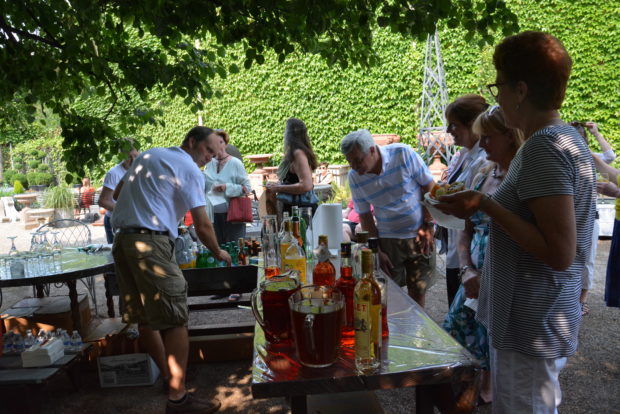 Sunday, July 16. 9am to 4:30 pm, rain or shine. The afterglow light supper and Rob’s garden bar begins at 4:30 pm.
Sunday, July 16. 9am to 4:30 pm, rain or shine. The afterglow light supper and Rob’s garden bar begins at 4:30 pm.
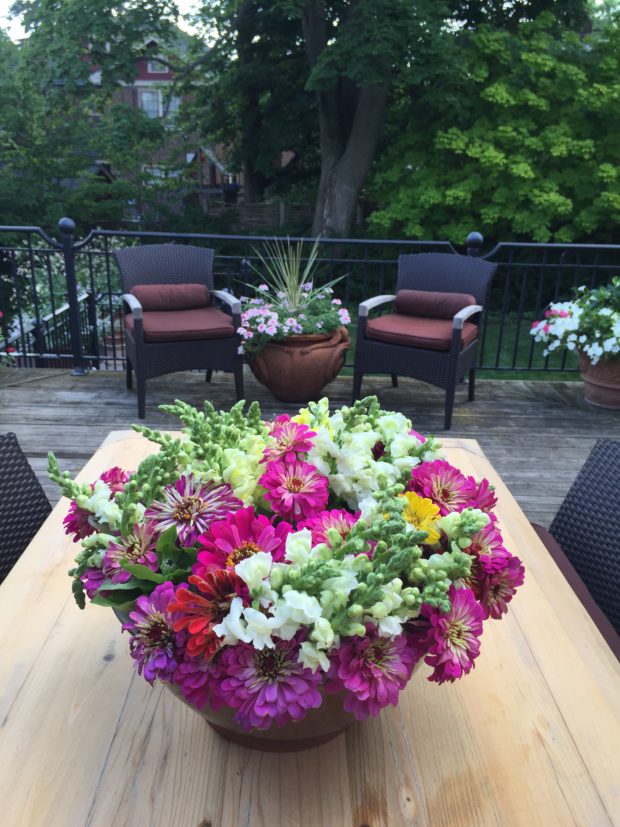 From the cruise last year, a bowl full of zinnias and snapdragons.
From the cruise last year, a bowl full of zinnias and snapdragons.
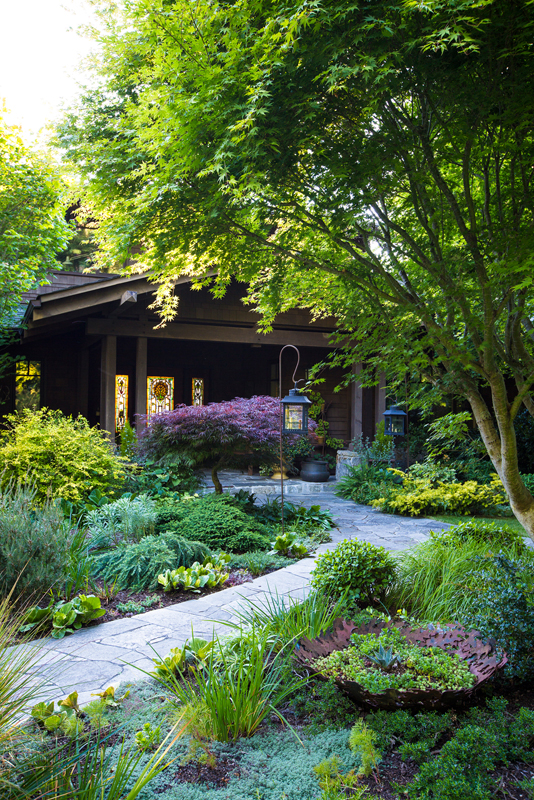 From the current summer issue from Garden Design, one of many gorgeous gardens.
From the current summer issue from Garden Design, one of many gorgeous gardens.
 From the Greening of Detroit website, a group of volunteer citizen foresters, planting trees. This is a very good look. Tickets to the cruise are available now at Detroit Garden Works, or we can take payment for tickets or donations to the Greening by phone: 248 335 8089. We can mail or email your ticket to you. Many thanks.
From the Greening of Detroit website, a group of volunteer citizen foresters, planting trees. This is a very good look. Tickets to the cruise are available now at Detroit Garden Works, or we can take payment for tickets or donations to the Greening by phone: 248 335 8089. We can mail or email your ticket to you. Many thanks.
